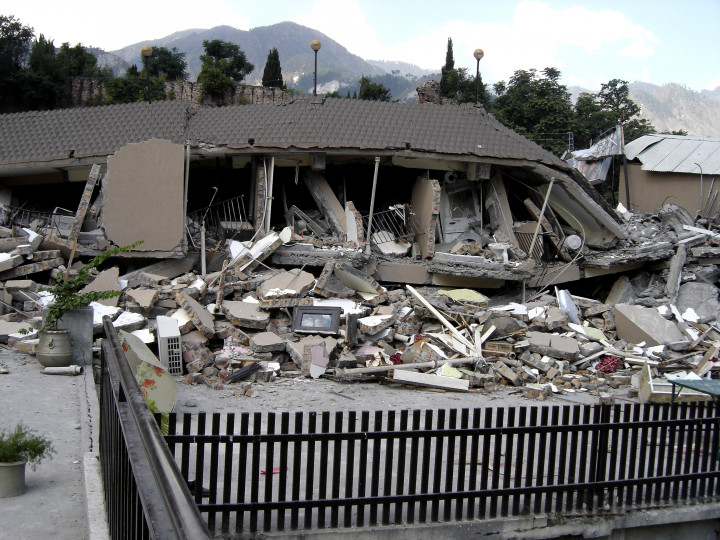Title: Prepping 101: How to Assess Your Risk and Prepare Accordingly
When it comes to prepping, one size definitely doesn’t fit all. Your location, lifestyle, and personal circumstances all play a big role in what kind of emergencies you might face. So, the first step in becoming a smart prepper is to assess your risk. Let’s break down how you can do this effectively.
1. Know Your Geography
Your location is a huge factor in what kind of risks you face. Are you living near a coast where hurricanes are common? Or in an area prone to earthquakes? Maybe you’re in a place with severe winters where snowstorms can knock out power for days. Knowing the natural disasters common to your area is key.
2. Consider Your Personal Situation
Your personal and family situation is also crucial. Do you have young kids, elderly family members, or pets? What about medical needs like prescription medications? Think about what each person (or pet) in your household needs on a daily basis, and consider how those needs would be affected in an emergency.
3. Economic and Social Factors
Economic downturns, job losses, or even civil unrest can impact your life significantly. While these are harder to predict, you can still consider general economic trends and social climate in your area. Is your job secure in an economic crisis? Is your neighborhood safe if there’s unrest?
4. Assess Home and Property Risks
Look at your own home. Is it vulnerable to flooding, wildfires, or other hazards? How about your commute to work or school – could certain emergencies cut off your usual routes?
5. Think About Duration
How long could the emergencies you’ve identified last? Some, like earthquakes, might be over quickly but have long-lasting effects. Others, like hurricanes, come with more warning but can disrupt life for weeks.
6. Evaluate Your Current Preparedness
Honestly assess how prepared you are right now. If the power went out for a week, would you have enough food and water? What if you couldn’t access an ATM or gas station?
7. Get Community Insights
Talk to neighbors, local authorities, and community groups. They can offer valuable insights into local risks and how to prepare for them.
8. Keep an Eye on the News
Stay informed about current events both locally and globally. This can help you anticipate and prepare for risks that might not be immediately obvious, like supply chain disruptions.
9. Regularly Review and Update Your Assessment
Risks can change over time. A place that’s never experienced earthquakes might start having them, or a secure job might become less so due to economic changes. Revisit your risk assessment regularly and adjust your preparations.
Conclusion
By thoroughly assessing your risks, you can tailor your prepping strategy to be as effective as possible. Remember, it’s not about preparing for every possible disaster under the sun. It’s about focusing on the most likely scenarios for your unique situation and planning accordingly. This approach ensures that your resources – time, money, and effort – are spent wisely, giving you peace of mind and a practical level of readiness.
